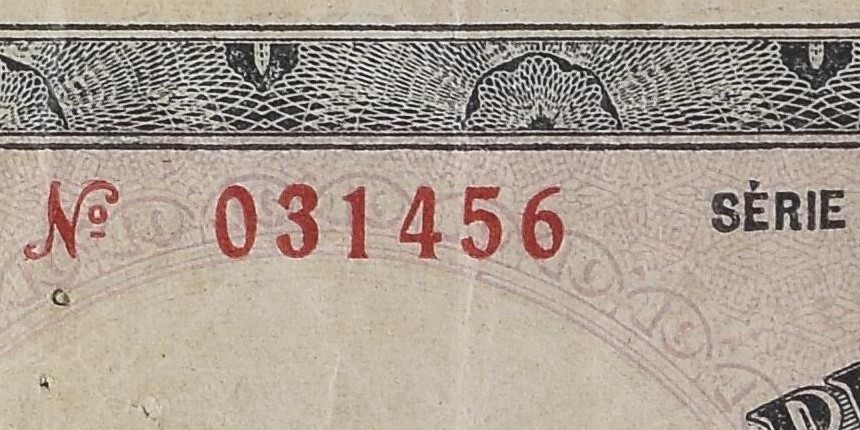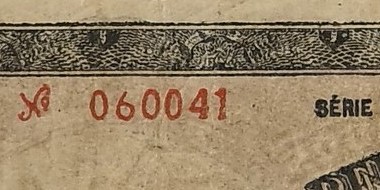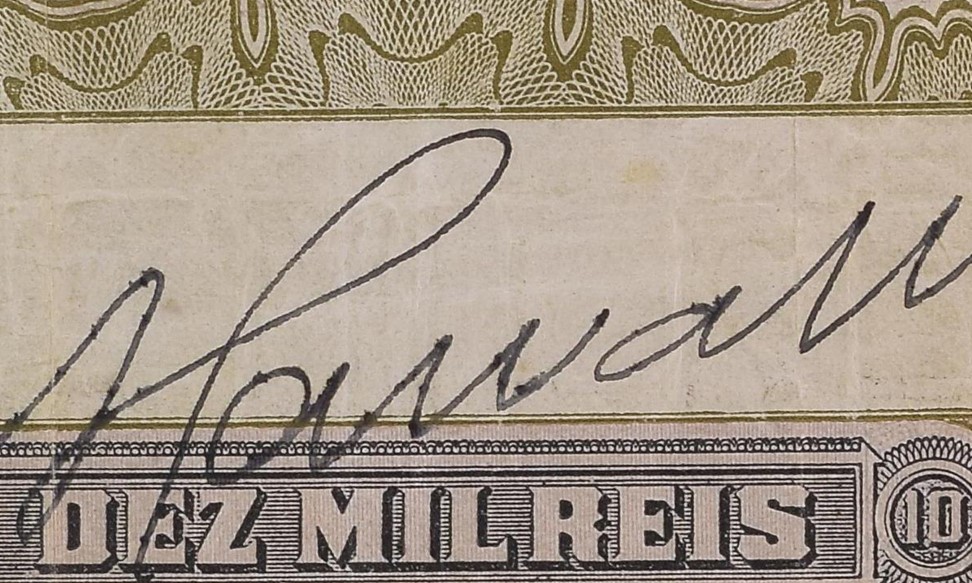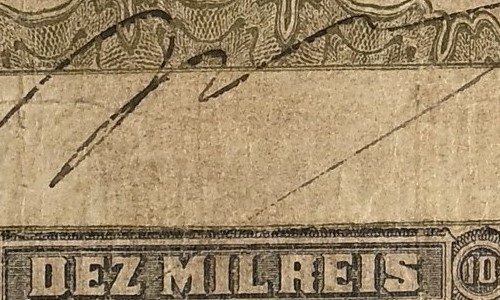Counterfeit Detection: Brazil 10 Mil Reis
Posted on 10/22/2024
PMG has graded nearly 10,000 notes from Brazil, the most populous country in South America. Brazil's current paper money system known as the Real dates back only to 1994, when it succeeded a parade of short-lived predecessors. Brazil's original currency, in use from Portuguese colonial times until 1942, was also known as the Real.
By the early 1900s, inflation had meant that most Brazilian paper money was issued in denominations of Mil Reis (or a thousand of the Real denomination). This includes the Brazil, Thesouro Nacional ND (1914) 10 Mil Reis shown below. This particular example, which is graded PMG 25 Very Fine, realized $600 at a Heritage Auctions sale in January 2022.
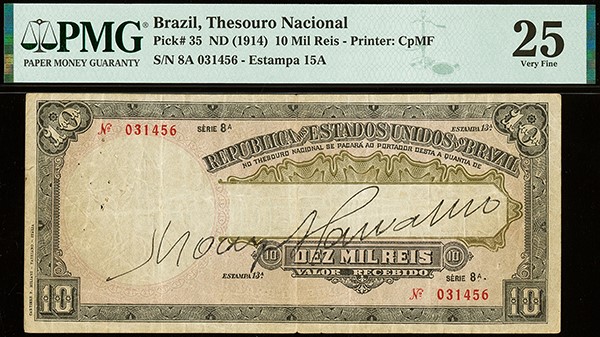 |
|
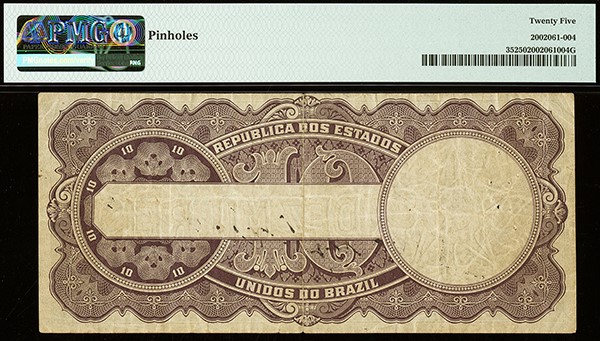 |
|
| Genuine Brazil, Thesouro Nacional ND (1914) 10 Mil Reis graded PMG 25 Very Fine Click images to enlarge | |
PMG, at its sole discretion, certifies vintage counterfeits that have value to the collecting community. This includes a contemporary counterfeit of the ND (1914) 10 Mil Reis note that is part of a Heritage Auctions lot being offered in a late October 2024 sale. The counterfeit is graded PMG 20 Very Fine, which indicates that it had a long life in circulation, which is not unexpected given the diversity of designs in Brazilian paper money in the early 20th century and the fact that this is not a relatively high denomination in its day.
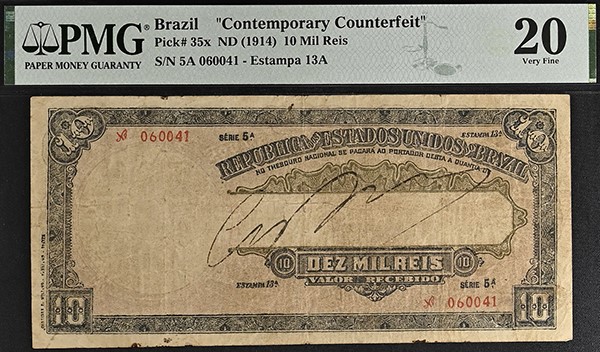 |
|
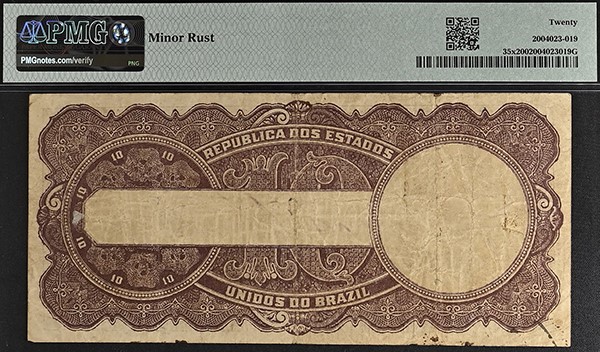 |
|
| Contemporary Counterfeit Brazil, Thesouro Nacional ND (1914) 10 Mil Reis graded PMG 20 Very Fine Click images to enlarge | |
The counterfeiter appears to have struggled to replicate some of the finer details of the note. Notice that on the genuine example, symmetrical patterns are easily identifiable in the intricate design at the border of the note above the top serial number. This elegance is lacking in the counterfeit.
In addition, notice the style of the No. abbreviation to left of the serial number is much different on the counterfeit, with the 'N' looking more like a letter X. Even each of the three zeroes in the counterfeit's serial number itself each look different from the others, as if they were hand-drawn. This is not something that would be expected on a genuine example of this note.
The counterfeiter also apparently had difficulty with the intricate design above DEZ MIL REIS at the center of the note, and finally, the dark ink of the signature seems to be interrupted in places by the lighter ink that makes up the design of the note. On the genuine example, it is clear that the ink of the signature is at the top layer.
Knowing whether you have a genuine note or a contemporary counterfeit is important in determining its value. Remember that PMG backs its determinations of authenticity and grade with the PMG Guarantee.
Related Link: View more PMG Counterfeit Detection columns
Stay Informed
Want news like this delivered to your inbox once a month? Subscribe to the free PMG eNewsletter today!
